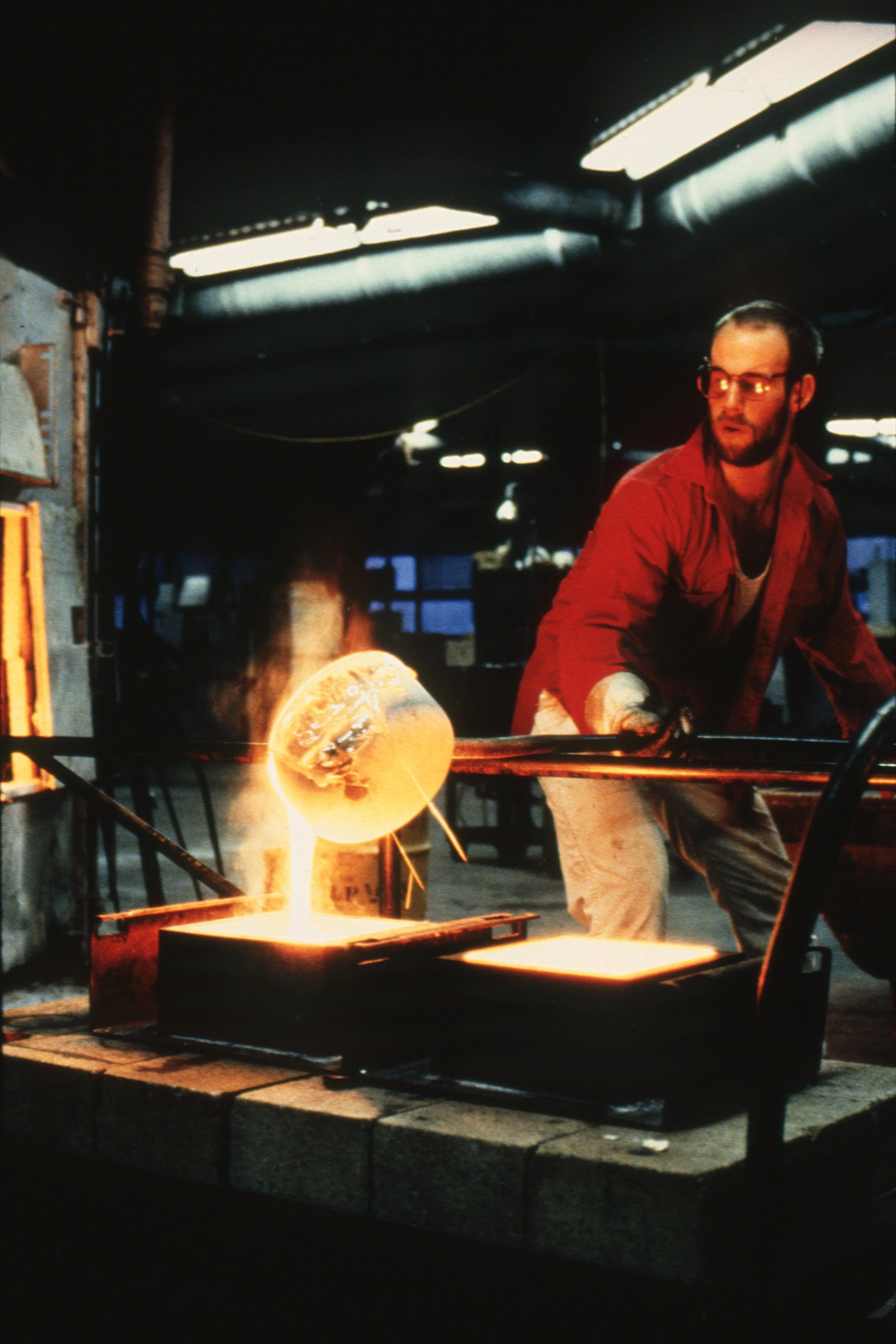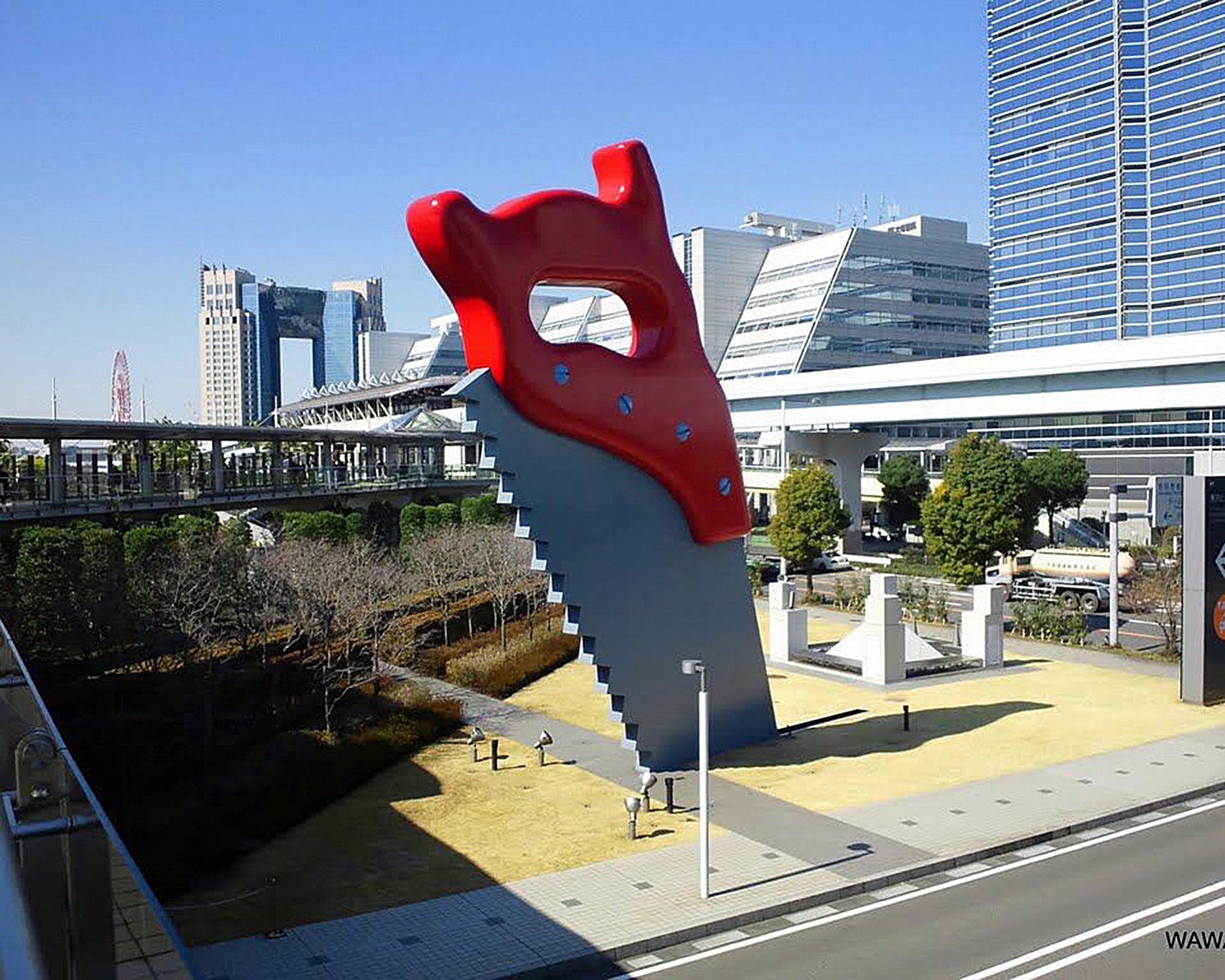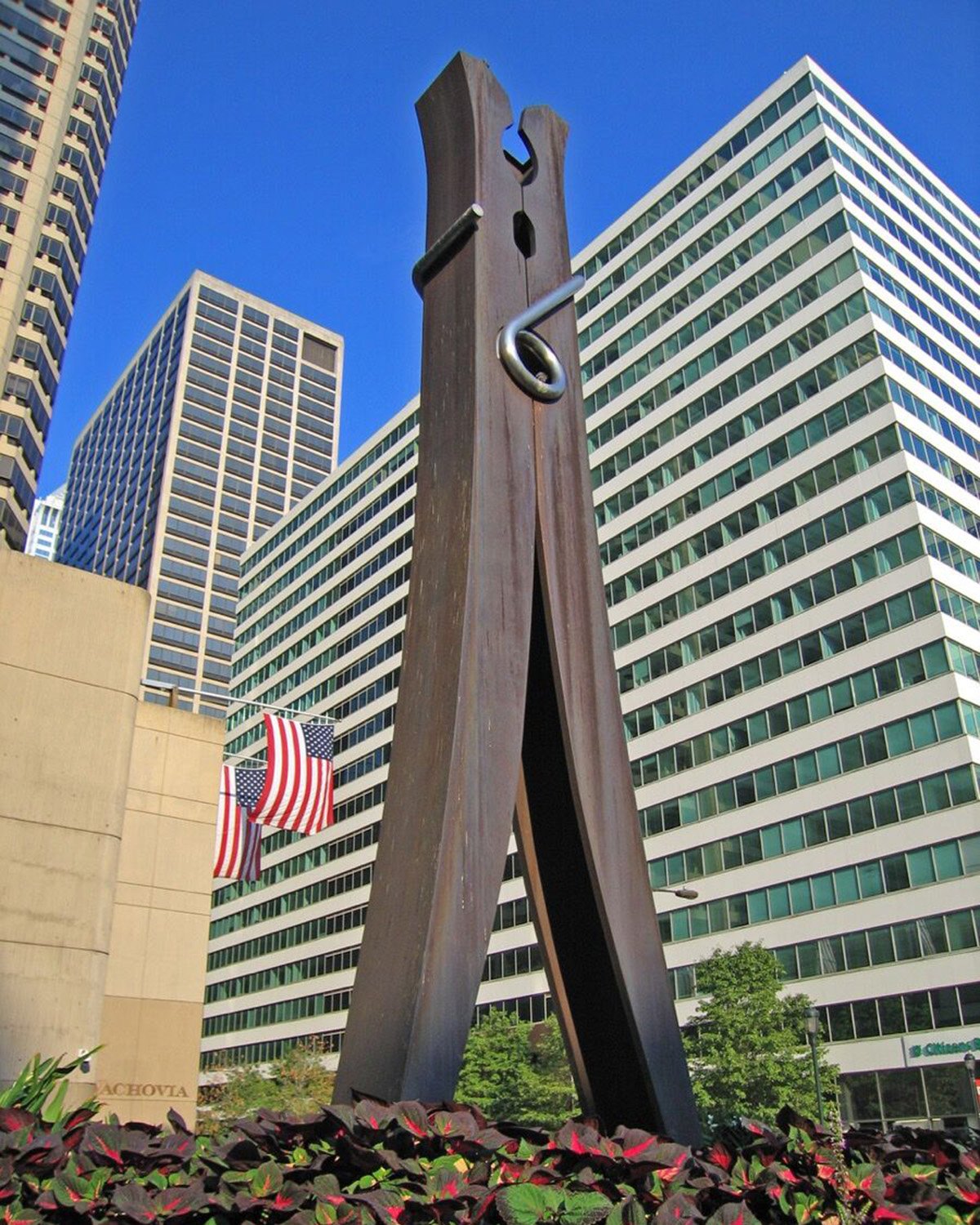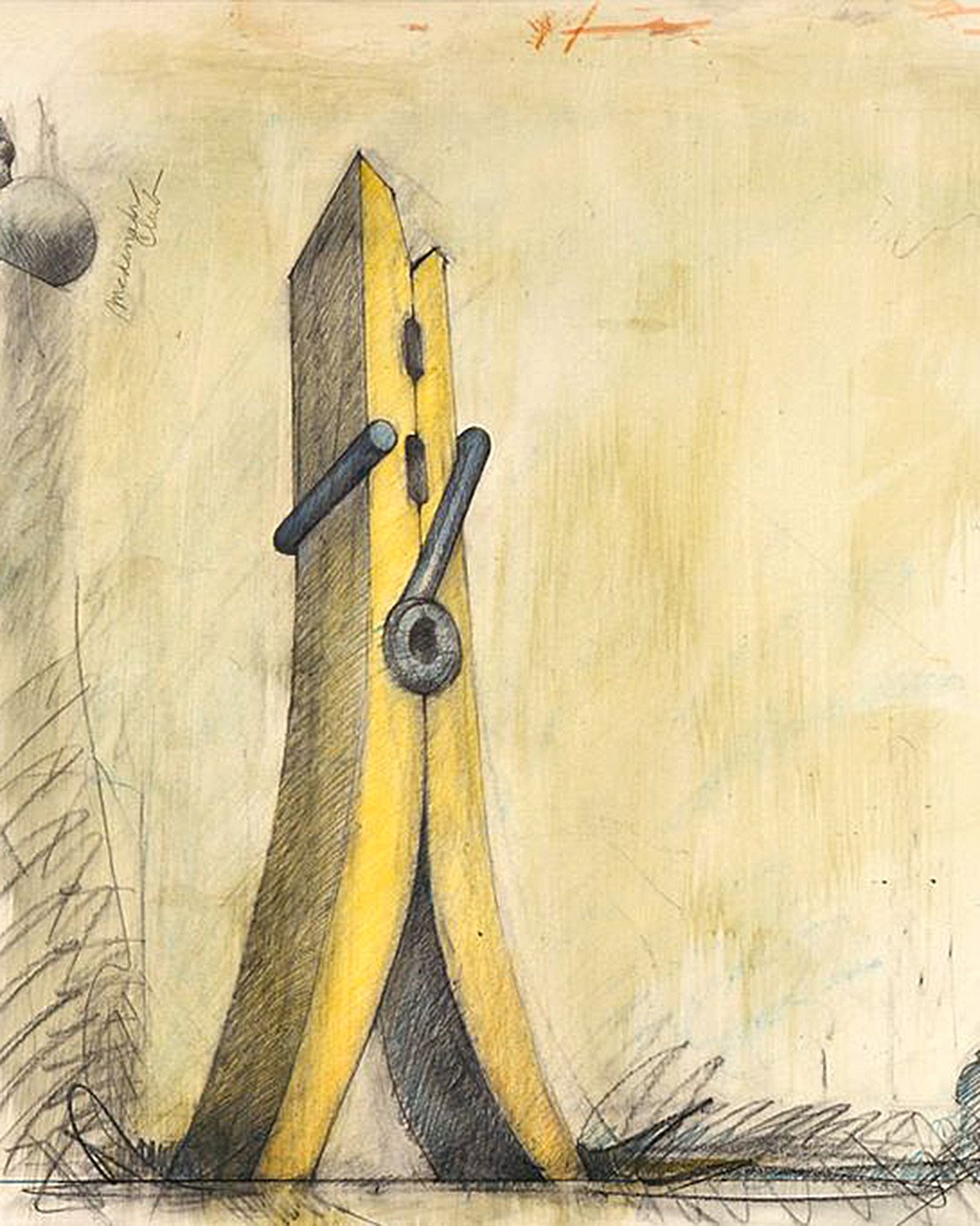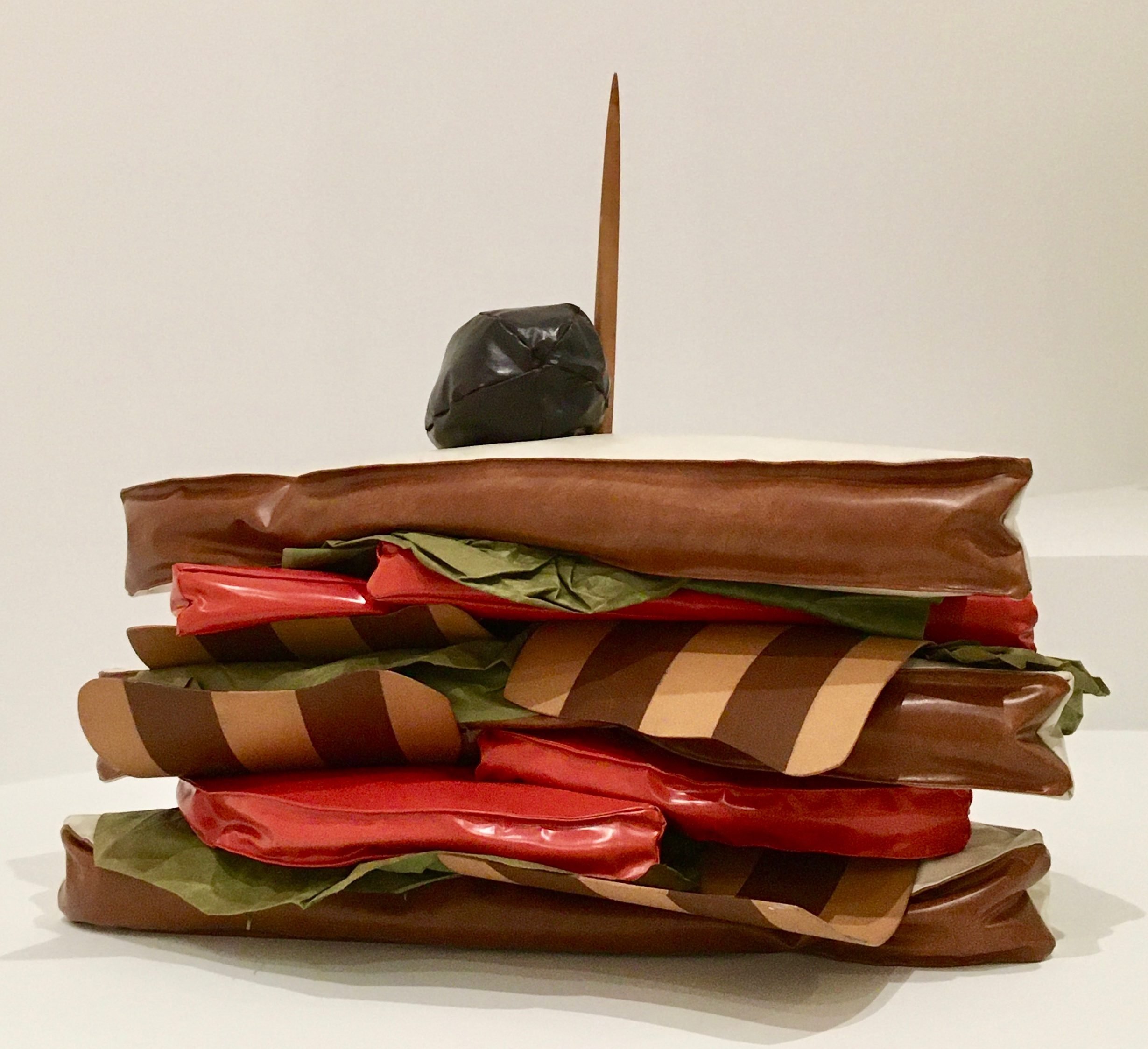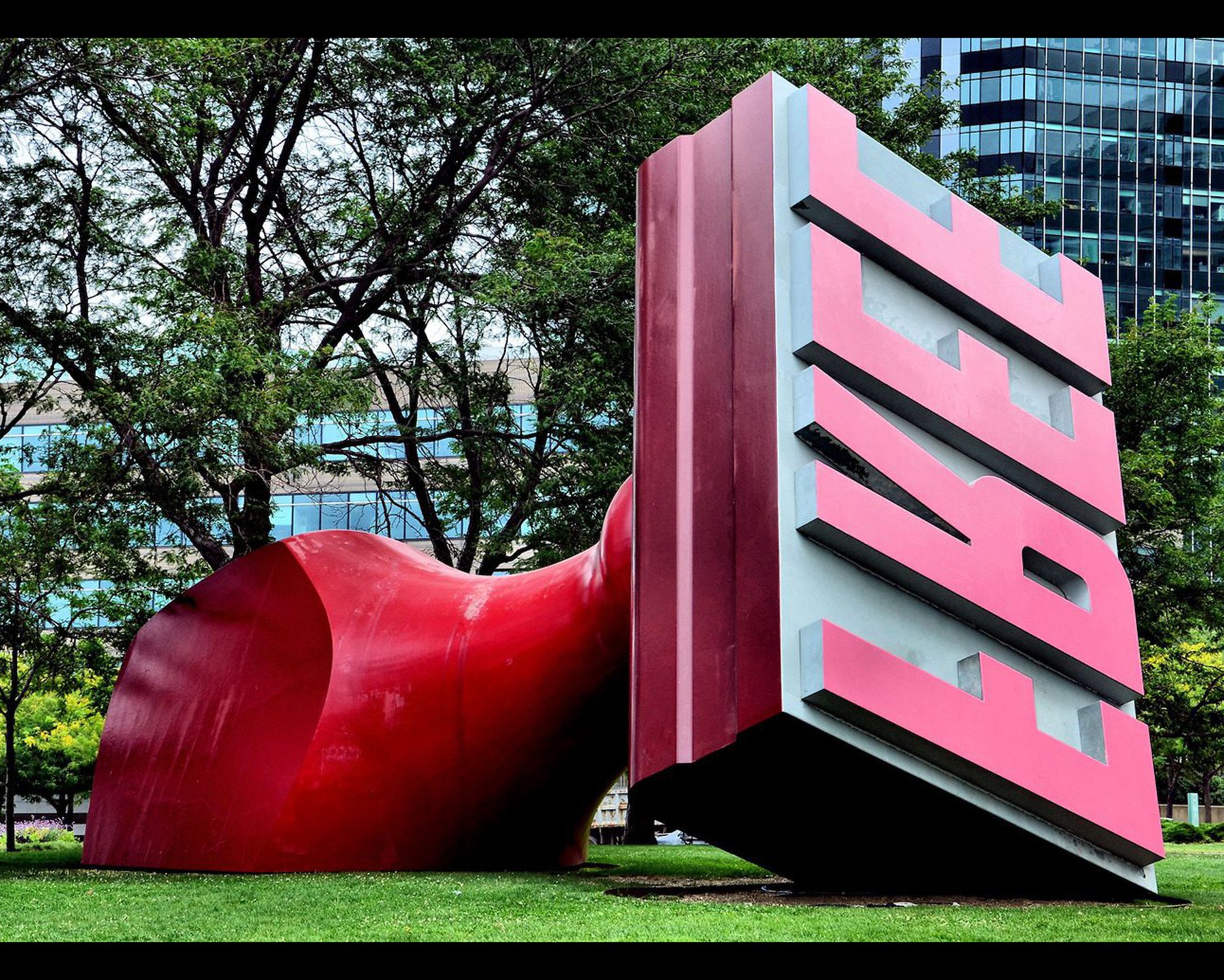Mark Weiner had a heart attack in the midst of achieving one of the biggest goals he had ever pursued. He was very close to the point where he might have stepped back to appreciate what had been accomplished. Michiko Weiner, his loving wife, mother of their children, and partner in this long professional endeavor, was with him in their new showroom when this occurred. Such a dream-shattering event was something unimaginable and completely uncharacteristic, especially considering his physical stature and energy. Mark was the strongest man around most of the time.
He was good at helping others, and often made the effort to step in when he knew of someone’s need. This was never more apparent than his decision to become an organ donor. Now several people who will never know Mark Weiner are living longer because of his very important gifts.
Mark’s skills were remarkable, and he thoroughly enjoyed work, especially glassblowing. We met when he became my student at Mass Art in 1982. Within a month or two he became my assistant in the glassblowing process, meeting me at the Mass Art hot shop at 5:00am to work and blow glass for three hours before classes began. He accompanied me as a teaching assistant for summer sessions at Pilchuck and Haystack, and he began to form working relationships elsewhere around the U.S. He helped me as the glassblower at various factories where they let me use their glass, enjoying the industrial-scale facilities with their vast capacity and potential as much as I enjoy them. We worked primarily at Fenton in West Virginia, and at Daum in France, and we had good times traveling there for the work. We also enjoyed being involved in the communities of workers and managers and designers and company owners. The momentum and the traditions of these factories were quite different from each other, but both led to opportunities to make colors and work with quantities of glass not achievable elsewhere, and to accomplish work far beyond the capacity of my studio or any academic or private studio facility. This factory experience informed Mark’s approach to glassblowing. He later worked with Lino Tagliapietra, who came from the factory workplace and conveyed many traditional Italian glassblowing techniques to Mark, while calling him “Marco.”
Once, in a hotel in West Virginia, I came out of the bathroom and found Mark upside down, doing handstand push-ups with his feet sliding against the wall of the room. He was always pushing himself to limits, and he said this was his way of preparing for the factory work that day; it helped his back feel better. He had injured his back years before when he was stringing barbed wire and setting fence posts with another guy on a ranch in Wyoming. A tractor flipped over and landed on his co-worker, and Mark lifted the tractor off him to save his friend’s life, straining his back severely. The pain stayed with him years later.
Mark and I had many good days in Paris, often in the rain, walking all day from one arrondissement to the next, covering kilometers of sidewalk and enjoying the neighborhoods, museums, stores, flea markets, food markets, wine bars— exploring anything about the city that intrigued us. In Nancy, the Daum factory made tanks of crystal in colors I selected and set us up to work at a furnace to make blanks for my vase series pieces, and they assigned a couple of their men to help us when needed. Mark readily became friends with many of the factory people, and they all made comments about the American with the big laugh, and his different ways of glassblowing. They all liked Mark’s wonderfully friendly attitude and his exuberant personality. My friends there were very happy to have Mark join us for dinners and family gatherings and stay at their homes for a couple of weeks each visit.
When Mark began working as a studio glassblower he became much more serious. His living depended on dedication to designing and making product while building a reputation and maintaining the facility. He knew well what his competition around the U.S. was up to, being friends with so many glassblowers across the country and striving to create his own distinct glass pieces with the integrity of design he imagined. Michiko Weiner, his creative collaborator, was Mark’s strongest advocate. Michiko’s sense of design profoundly altered his focus, and they have produced collaborative works for years now that exemplify a singular aesthetic. The Mark + Michiko brand they just established in Calistoga shows the results of years developing their own distinct product line. High quality was a main tenet of Mark’s creative approach. He would throw away anything he made that didn’t reach the standard he set for himself.
Mark enjoyed many types of cuisine and was knowledgeable about wine, and he informed himself to understand the origins of his favorites. He would discuss these proclivities with me as if I already knew what he knew, delighting in the camaraderie of sharing good memories or in anticipation of enjoying such special food and drink. His thoughts often drifted to ironic humor as he told me of various experiences with individuals who astonished him with behavior that he considered dense or inept. Yet he was open and kind to many, and certainly had a large community of friends across the country in different walks of life. He treated our family as his own, and was a kind of father figure, or “uncle” to our children as they grew up.
Throughout the 1990s Mark made numerous sets of drinking glasses for me; simple clear cylinders with a twisted rib mold pattern and applied opaque primary-colored rims. The glasses, which some call “cups,” are always on a kitchen shelf, or on our table being used for water, wine or a smoothie, or in the dishwasher— a constant friendly reminder of Mark’s presence. His work remains distinctively his own, a clean and minimal aesthetic allowing the mechanics of glass forming to speak for themselves, and exhibiting a style and attitude based on tradition but also streamlined to minimize superfluous pattern and color. The weight and balance of his pieces is evidence of the effort he made toward practical use of his glass while maintaining a recognizable look of his own. He and Michiko developed a market for the pieces they created and didn’t take them to fairs or supply galleries and shops. They established their own identity within a larger community of glassblowers. They built their new glassblowing studio and a retail gallery in the place they wanted to be and began the next chapter of their lives through hard work and dedication of purpose, singular good design, and outstanding skills.
Marco, as many came to call him, carried the torch for glassblowing over many years and did so with a self-aware determination that was inspiring. He lives on in our thoughts as we raise his drinking glasses to toast the life of a dear friend; well lived and much loved.
—Dan Dailey





